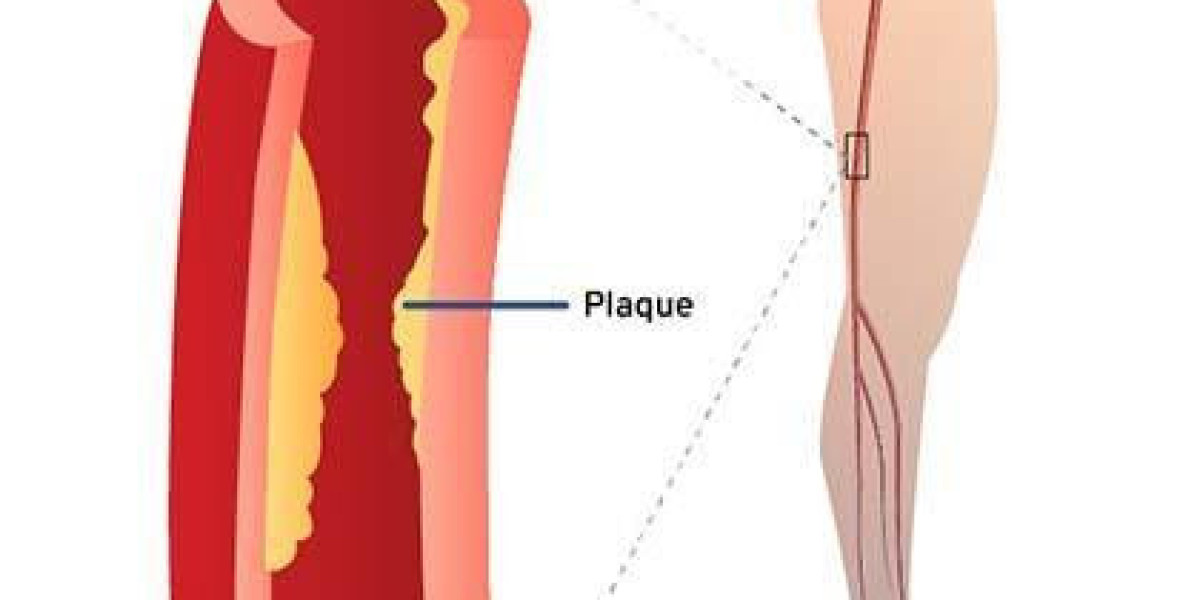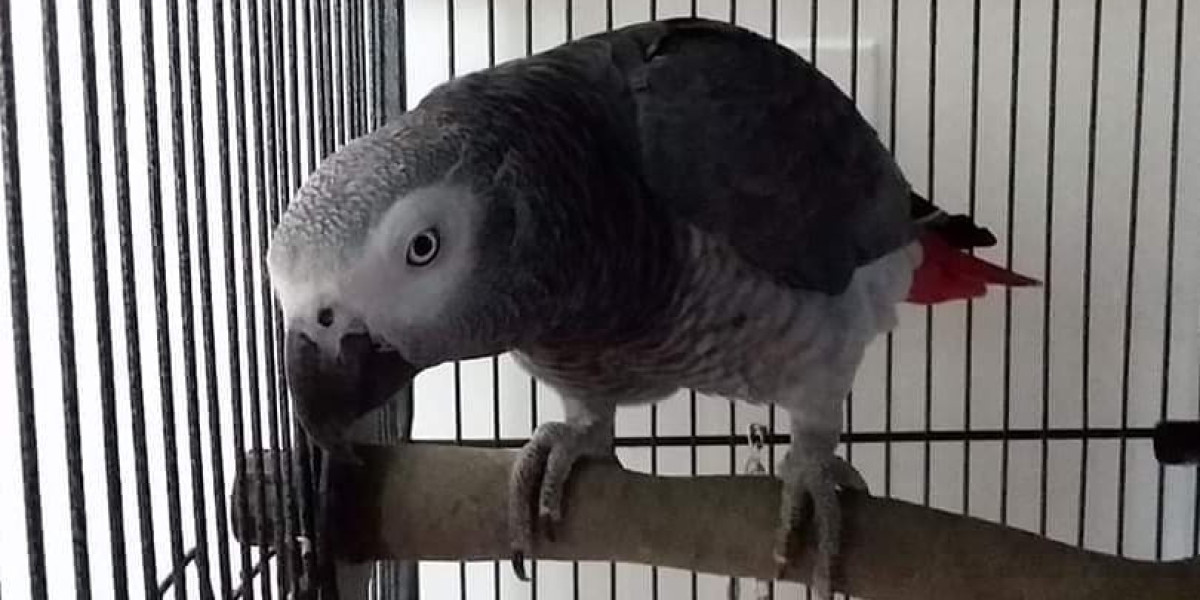Introduction
As we age, our bodies go through a lot of changes—some expected, others surprising. One silent threat that tends to go unnoticed in older adults is Peripheral Artery Disease (PAD). Often brushed off as “just getting old,” PAD can quietly restrict blood flow to the legs, causing pain, immobility, and even life-threatening complications.
In this article, we'll break down everything you need to know about Peripheral Artery Disease in Seniors: Risks, Diagnosis, and Prevention Tips. We’ll discuss what it is, why seniors are at higher risk, how to spot it early, and what you can do to stay active and independent.
What Is Peripheral Artery Disease?
Peripheral Artery Disease occurs when arteries—especially in the legs—become narrowed or blocked due to a buildup of fatty deposits called plaque. This restricts blood flow to the limbs, causing a range of symptoms from pain while walking to wounds that won’t heal.
PAD is a type of atherosclerosis (hardening of the arteries), and although it can happen at any age, it’s far more common and dangerous in older adults. Unfortunately, many seniors either don’t experience clear symptoms or assume it's just a part of aging.
The truth? PAD is not a natural part of getting older—and early intervention can make a huge difference.
Why Seniors Are at Higher Risk
Age is one of the strongest risk factors for PAD. But why?
1. Natural Wear and Tear
As arteries age, they tend to stiffen and narrow, making it easier for plaque to build up and restrict blood flow.
2. Long-Term Exposure to Risk Factors
Older adults are more likely to have long-standing conditions like high cholesterol, high blood pressure, or diabetes—all of which contribute to PAD.
3. Reduced Physical Activity
Many seniors become less active, whether due to joint pain, fatigue, or lifestyle changes. This lack of movement can worsen circulation problems.
4. Weakened Immune and Healing Response
Older bodies don’t heal as quickly. Poor circulation from PAD means even small wounds can become serious, increasing the risk of infection or even amputation.
Common Symptoms of PAD in Older Adults
Recognizing PAD in seniors can be tricky. Symptoms often mimic those of other age-related issues or are written off as “normal” aches and pains.
Here are signs to look for:
Leg pain when walking (especially in the calves) that goes away with rest
Numbness or weakness in the legs or feet
Cold feet or legs, particularly on one side
Sores or wounds on the legs, ankles, or feet that are slow to heal
Shiny, thin skin, or slow hair and toenail growth on the legs
Discoloration or paleness in one leg
Weak or no pulse in the feet
If you or a loved one are experiencing any of these symptoms, it’s time to talk to a healthcare professional.
How Is PAD Diagnosed in Seniors?
Early diagnosis is key to preventing PAD from leading to more serious problems like gangrene, stroke, or heart attack.
1. Ankle-Brachial Index (ABI)
A simple and painless test comparing blood pressure in your arms and ankles. Lower blood pressure in the legs suggests blocked arteries.
2. Doppler Ultrasound
This test uses sound waves to measure blood flow and identify any narrowed or blocked vessels in the legs.
3. Blood Tests
These check cholesterol, blood sugar, and other markers to evaluate your cardiovascular risk.
4. Angiography
In more advanced cases, this imaging test helps doctors get a clear view of your arteries using contrast dye and X-ray or MRI.
If caught early, PAD is manageable—and the earlier you start treatment, the better the outcome.
Prevention Tips for Seniors
Just because you’re getting older doesn’t mean PAD is inevitable. Here are practical steps to reduce your risk and support healthier arteries:
1. Quit Smoking
If you smoke, quitting is the #1 thing you can do. Smoking damages blood vessels and significantly increases PAD risk.
2. Stay Active
Even light daily walking improves circulation. A structured walking program (like walking 30 minutes a day) can reduce PAD symptoms and prevent progression.
3. Eat a Heart-Healthy Diet
Choose whole grains, vegetables, fruits, lean proteins, and healthy fats.
Limit processed foods, salt, and sugar.
Incorporate omega-3 fatty acids from fish or flaxseed.
4. Manage Chronic Conditions
Keep your blood pressure, cholesterol, and blood sugar in check with the help of your doctor. Medication may be necessary, and that’s okay—managing these levels is crucial to protecting your arteries.
5. Routine Screenings
Don’t skip your checkups. Even if you feel okay, regular screenings can catch problems before symptoms appear.
6. Foot Care Is Vital
For seniors with diabetes or PAD, daily foot inspections are essential. Look for cuts, color changes, or unusual temperature changes and seek care immediately if something seems off.
Treatment Options for PAD in Seniors
If diagnosed with PAD, don’t worry—many treatment options can help improve circulation and prevent complications.
1. Lifestyle Adjustments
Doctors will always recommend stopping smoking, eating well, and exercising first. These changes can be powerful on their own.
2. Medications
Depending on your health status, your doctor may prescribe:
Blood thinners to prevent clots
Cholesterol-lowering drugs (statins)
Blood pressure medications
Medications to improve walking ability and reduce leg pain
3. Medical Procedures
If symptoms are severe or medication isn’t enough:
Angioplasty: A small balloon opens the blocked artery.
Stent Placement: A tiny wire mesh keeps the artery open.
Bypass Surgery: Blood is rerouted around a blocked artery using a graft.
These procedures are often minimally invasive and have high success rates, even in older adults.
Caring for a Senior With PAD
If you're a caregiver or family member, helping a senior manage PAD involves support, understanding, and encouragement.
Tips for caregivers:
Encourage short, safe walks daily
Prepare balanced meals low in saturated fats
Help monitor foot health
Keep track of medications and appointments
Be aware of changes in mood or activity levels—pain or frustration can be emotionally taxing
The Emotional Side of PAD
Many seniors with PAD experience anxiety, depression, or frustration, especially when their mobility is limited. Isolation or fear of falling can lead to a sedentary lifestyle—which only makes the condition worse.
Encouragement, companionship, and emotional support are just as important as medical care.
If mobility is affected, consider mobility aids, group exercise classes, or physical therapy to keep seniors active and confident.
Conclusion
Peripheral Artery Disease is common in older adults—but that doesn’t make it normal. By understanding Peripheral Artery Disease in Seniors: Risks, Diagnosis, and Prevention Tips, you can take control, whether you’re a senior yourself or a caregiver for a loved one.
PAD is treatable and, in many cases, preventable. Awareness is the first step. Lifestyle changes, early diagnosis, and consistent care can help seniors enjoy their golden years with strength, mobility, and peace of mind.








